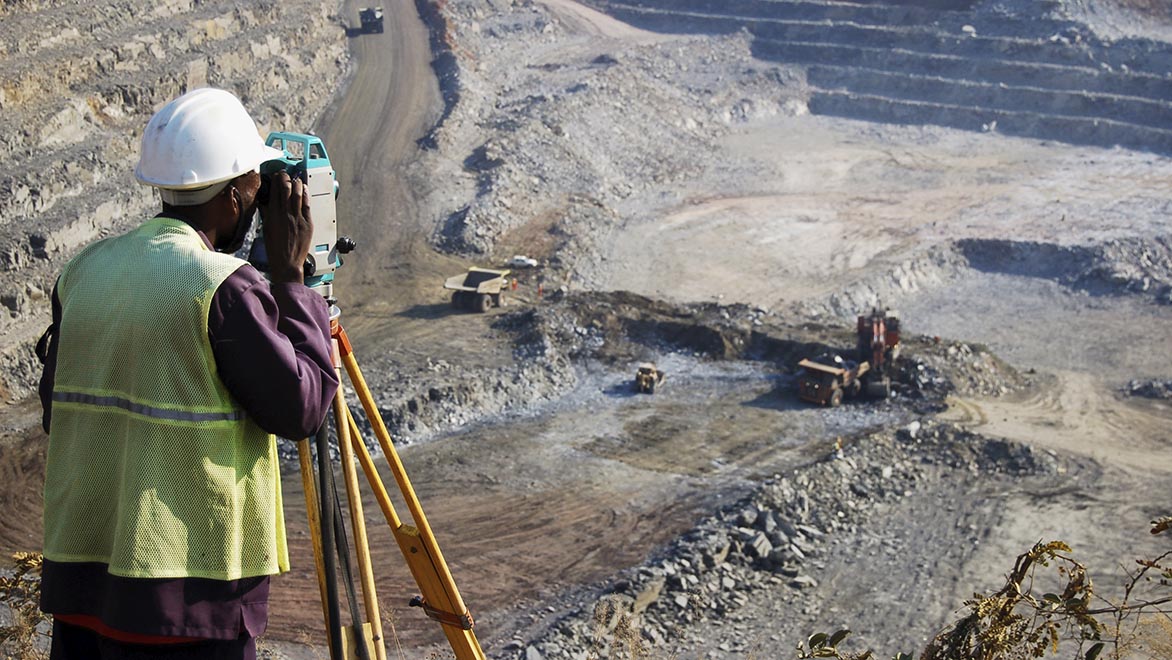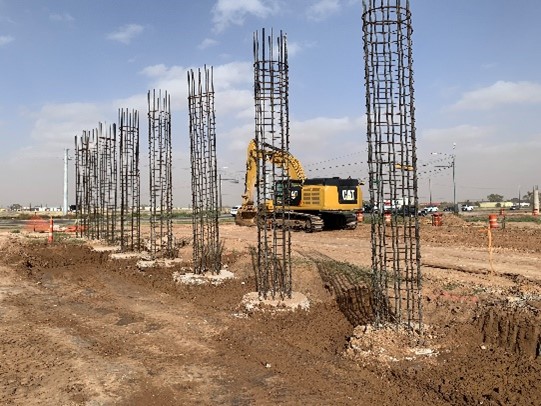Experienced Geotechnical Geologist for In-Depth Ground Investigations
Experienced Geotechnical Geologist for In-Depth Ground Investigations
Blog Article
Just How Consulting Engineers Enhance Geotechnical Engineering Projects: Insights Into Their Expertise, Approaches, and Collaborative Approaches
Consulting designers are critical in improving geotechnical design tasks, applying their specialized understanding to browse the complexities of subsurface conditions. Their methodologies include a variety of site examination strategies, including Requirement Penetration Tests (SPT) and Cone Penetration Tests (CPT), which notify essential decisions throughout the style and building and construction stages. Their collaborative methods foster communication amongst diverse project stakeholders, ultimately shaping the task's trajectory. As we check out the diverse functions these specialists play, it becomes clear that their contributions extend beyond technological competence, triggering a better consider the implications for job success.
Duty of Consulting Engineers
The knowledge of getting in touch with designers in geotechnical design is fundamental to the effective execution of construction projects. These professionals play a critical role in assessing dirt and rock buildings, which are critical aspects affecting layout and construction choices. By conducting complete site investigations, seeking advice from engineers accumulate essential data that educates the design procedure, ensuring projects are improved steady and appropriate ground.
Consulting designers additionally offer indispensable insights into risk management (geotechnical geologist). They determine possible geotechnical hazards, such as landslides, dirt liquefaction, and settlement problems, allowing stakeholders to apply effective mitigation approaches. Their knowledge help in optimizing foundation styles, which can lead to substantial price savings and improved safety and security
In addition, seeking advice from designers serve as an important link between job proprietors, architects, and service providers. Their capacity to translate complicated geotechnical information into workable recommendations promotes partnership and promotes informed decision-making throughout the job lifecycle. This multidisciplinary strategy not only improves project performance yet likewise guarantees compliance with regulative criteria and ideal methods.
Secret Techniques in Geotechnical Design

One primary approach is site examination, which involves carrying out field examinations and laboratory evaluations to gather information on subsurface conditions. Methods such as Requirement Infiltration Testing (SPT) and Cone Infiltration Testing (CPT) are extensively utilized to evaluate dirt stratigraphy and toughness. Furthermore, geophysical techniques, including seismic and electric resistivity surveys, supply non-invasive means to analyze subsurface qualities.
An additional vital methodology is mathematical modeling, which allows designers to simulate numerous circumstances and forecast exactly how soil-structure communications will behave under different loading problems. Finite Component Analysis (FEA) is an usual approach utilized in this context.
Moreover, the layout of foundations, retaining structures, and earthworks relies greatly on these techniques - geotechnical geologist. By incorporating innovative logical tools with area information, seeking advice from designers can establish customized solutions that attend to particular project difficulties, eventually contributing to the stability and safety of building and construction tasks
Relevance of Soil Analysis
Soil analysis works as a fundamental element in geotechnical engineering, providing essential insights into the physical and chemical residential properties of soil required for effective construction preparation. Understanding dirt qualities is vital check my source for identifying its load-bearing ability, drainage actions, and potential for negotiation or instability. Detailed dirt examinations, including sampling and research laboratory testing, assistance recognize parameters such as soil kind, moisture web content, thickness, and shear stamina.
These analyses inform the selection of suitable building and construction methods and products, eventually affecting job safety and durability. Natural soils might require various foundation layouts contrasted to granular dirts, necessitating customized design solutions. Furthermore, soil analysis help in recognizing contaminants that can pose dangers to human health and wellness or the environment, permitting the advancement of reduction strategies.
Integrating soil evaluation into the very early phases of project growth helps to reduce unpredicted challenges, making sure that engineers can prepare for and address potential problems before they escalate. By establishing a thorough understanding of the site problems, seeking advice from engineers can enhance layout performance and decrease costs, thus enhancing the general success of geotechnical engineering jobs.
Joint Methods in Tasks
Successful geotechnical jobs commonly rest on collaborative techniques that combine varied expertise from various techniques. Efficient partnership amongst speaking with engineers, rock hounds, environmental scientists, and construction specialists is important for dealing with intricate obstacles and maximizing project results. By leveraging the distinct skills and knowledge of each group member, projects can profit from an all natural understanding of the site conditions, regulative needs, and design restrictions.
Normal communication and interdisciplinary meetings help with the sharing of insights and cultivate a society of team effort. These collective efforts make it possible for the recognition of possible threats early in the project lifecycle, permitting prompt reduction methods. In addition, incorporating feedback from stakeholders, including neighborhood communities and regulative agencies, makes sure that all viewpoints are considered, enhancing task acceptance and compliance.
In addition, the assimilation of sophisticated technologies, such as Geographic Information Equipment (GIS) and Structure Info Modeling (BIM), additional enhances collaboration. These devices permit for the real-time sharing of data and visualization of geotechnical conditions, promoting educated decision-making. Inevitably, a joint method not only simplifies job execution yet additionally lays the structure for innovative services to complicated geotechnical design challenges.
Influence On Job End Results

Consulting engineers utilize sophisticated methods such as danger analysis and anticipating modeling, which boost the precision of task projections. Their hop over to these guys ability to integrate ingenious modern technologies, like geotechnical instrumentation and data analytics, better improves the design and building procedures. Consequently, tasks experience enhanced effectiveness, lowered expenses, and minimized delays.
Moreover, cultivating efficient interaction and collaboration amongst employee enhances problem-solving capabilities. When difficulties emerge, a joined front enables speedy identification of solutions, stopping possible setbacks. Ultimately, the collective initiatives Resources of seeking advice from designers add to higher top quality end results, guaranteeing that tasks fulfill both regulatory requirements and client expectations.
Final Thought

Report this page